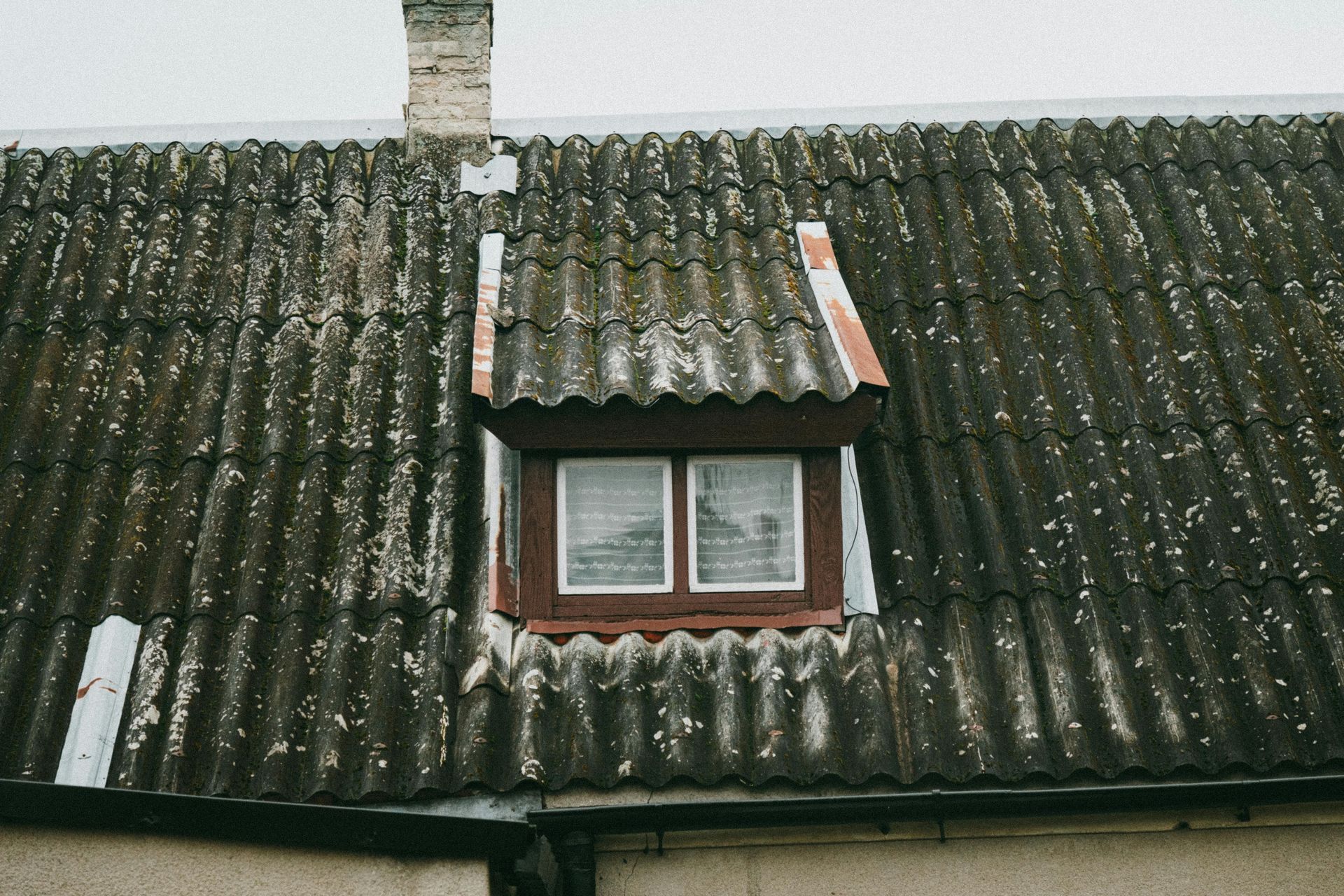Top Tips For Frost-Proofing Your EPDM Flat Roofing Surface
As many flat roof specialists will attest, flat roofing is extraordinarily hardwearing, designed specifically to tackle the wind, snow and rain that is commonly found across the winter months.
However, as with any other home, it is always important to ensure that your flat roofing system is prepared for the conditions ahead, as even the best and most effective EPDM roofing surface could become vulnerable to damage in extreme conditions if there are already weaknesses or damage in the surface.
Whilst the best time to do these types of repairs and inspections is before winter, the second-best time to do them is now, when the weather is mild enough to make it safe.
The best first step is inspecting the roof, looking at the membrane and examining if there are any little cracks or tears. On their own, they will not cause any harm, but thanks to the frost-thaw cycle, these little strains will get bigger.
If you notice any small bits of damage, you may not need to call in an expert. There are several patch kits compatible with EPDM surfaces, which could help provide a temporary solution that can be further fixed by
As well as this, make sure the seams of the EPDM surface are tightly sealed to stop water from getting in and freezing over, potentially causing expensive damage.
As with any other roof, make sure that the drains and gutters are cleared out to avoid the risk of water pooling or any ice dams forming that could prove costly in the new year.
Keep the roof clear and clean, but avoid using sharp tools to do so that could damage the surface.
Finally, make sure that overhanging branches near your flat roof are trimmed, so branches and dead leaves do not end up clogging your gutters and straining your gutter systems, which in turn can cause pooling water on a flat roof during heavy rain.










